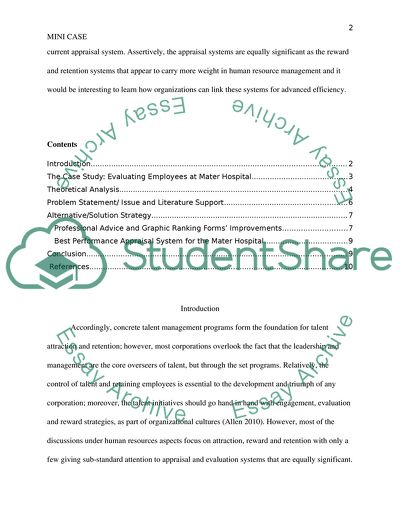Cite this document
(“Management seminar Essay Example | Topics and Well Written Essays - 2000 words”, n.d.)
Management seminar Essay Example | Topics and Well Written Essays - 2000 words. Retrieved from https://studentshare.org/human-resources/1684323-management-seminar
Management seminar Essay Example | Topics and Well Written Essays - 2000 words. Retrieved from https://studentshare.org/human-resources/1684323-management-seminar
(Management Seminar Essay Example | Topics and Well Written Essays - 2000 Words)
Management Seminar Essay Example | Topics and Well Written Essays - 2000 Words. https://studentshare.org/human-resources/1684323-management-seminar.
Management Seminar Essay Example | Topics and Well Written Essays - 2000 Words. https://studentshare.org/human-resources/1684323-management-seminar.
“Management Seminar Essay Example | Topics and Well Written Essays - 2000 Words”, n.d. https://studentshare.org/human-resources/1684323-management-seminar.


